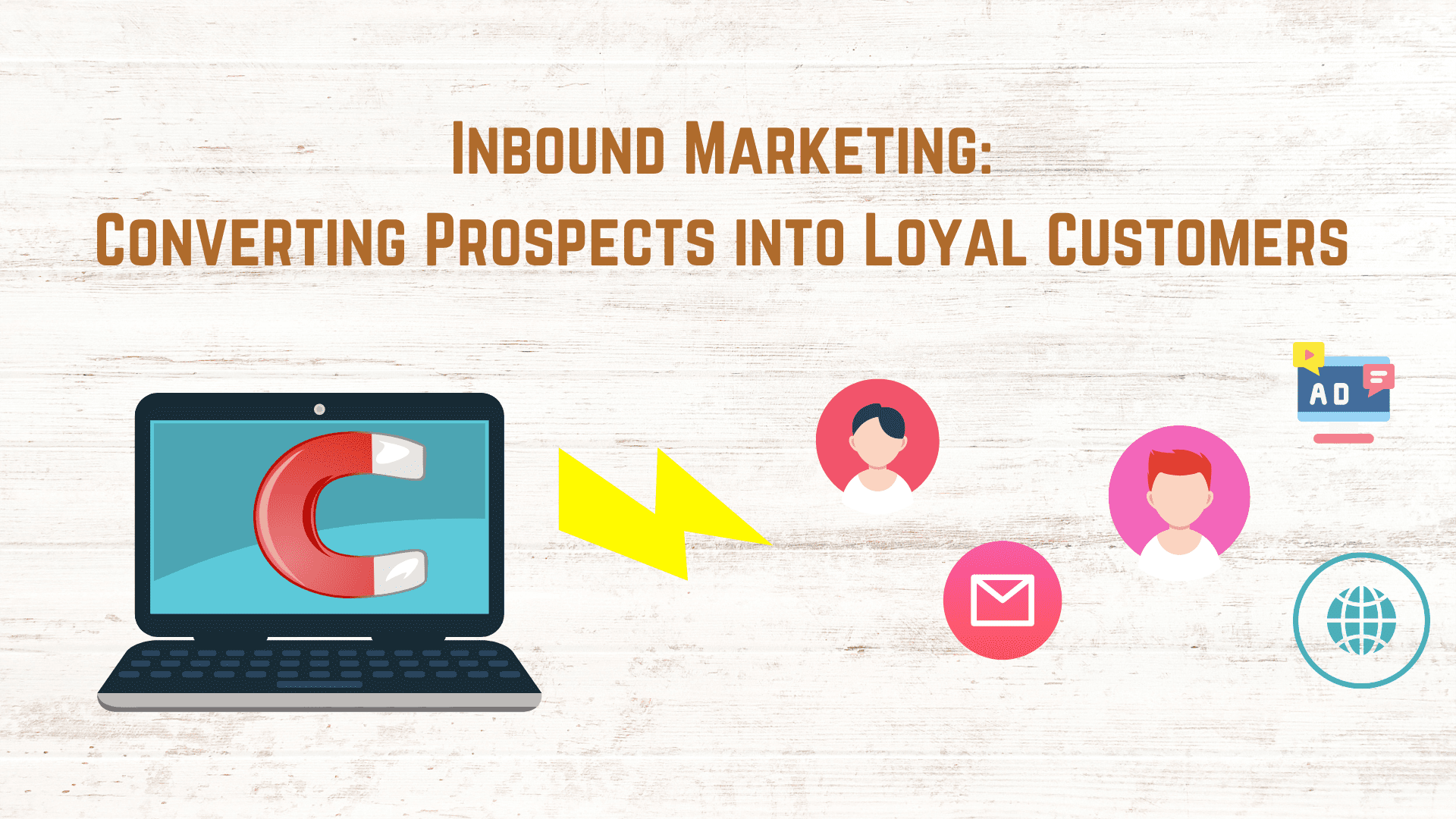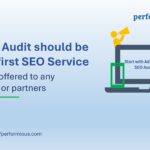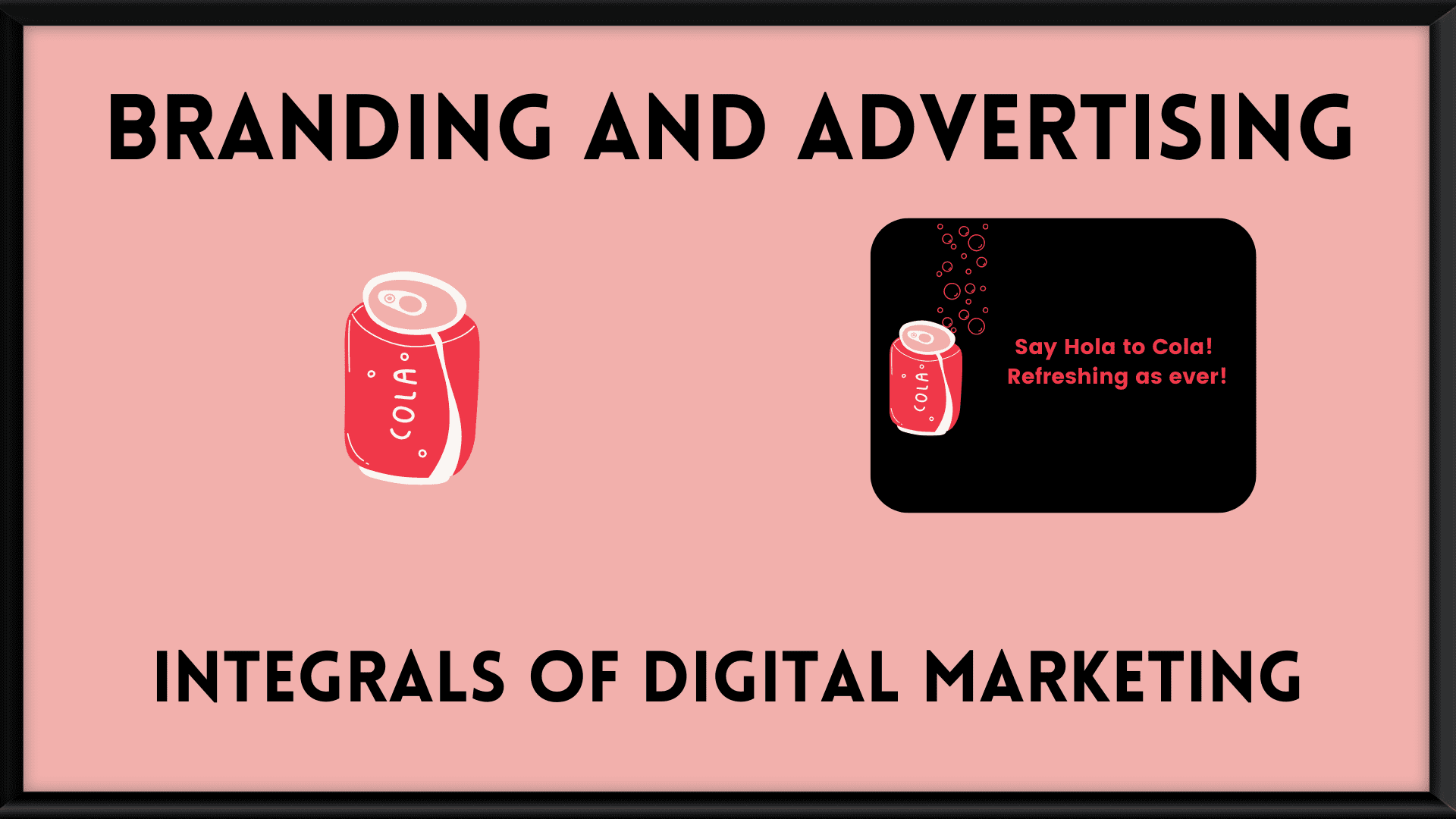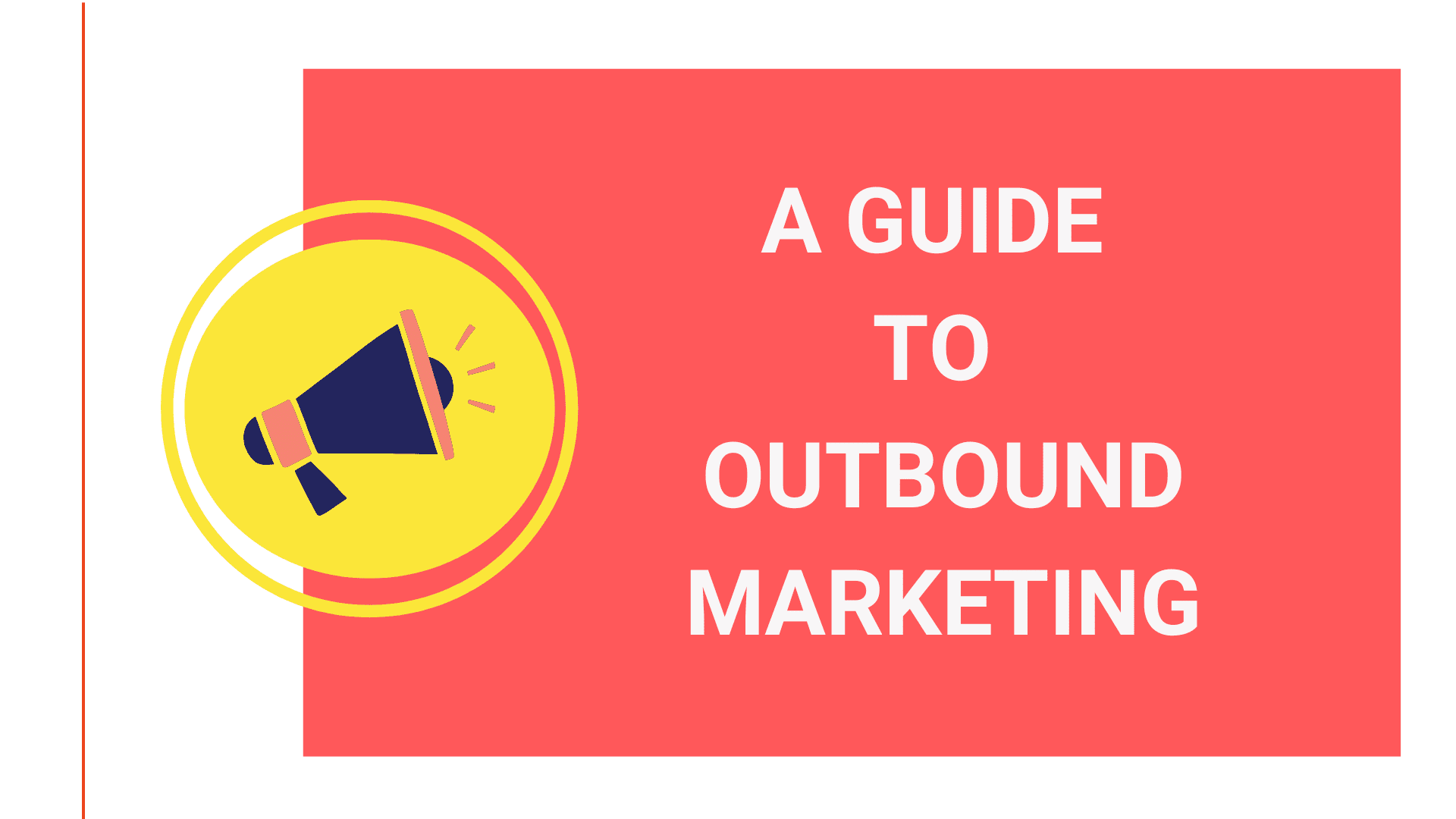

- Introduction
- What is Inbound Marketing?
- Inbound Marketing Methodology
- Attract
- Convert
- Close
- Delight
- Benefits of Inbound Marketing
- Affordable
- Trust
- Quality Traffic
- Engaging
- Conclusion
Since 2006, inbound marketing has been one of the most effective marketing methods as it has helped many businesses to generate leads and it has made it easier to engage with customers and prospects by educating them about the benefits and features of the product which makes it easier for them to purchase.
What is Inbound Marketing?
Inbound marketing builds long-lasting relationships with customers or turns prospects into loyal customers. It is done by creating valuable content that captures your customers’ attention.
Your target customers utilize your products or services because it solves a problem. Reaching out to customers consistently will help you to build connections. It is done through blogs, posting relevant content on social media and optimizing search engines – so that people find your brand’s content easily.
Inbound marketing is not a paid form of advertising and the content stays for a long time on your website and social media.
Digital Agencies can help you to create an effective inbound marketing strategy that will help you to achieve your goals.
Inbound Marketing Methodology:
Inbound marketing has four phases. These four phases are guidelines to help you convert prospects into loyal customers.


Inbound Marketing Methodology1) Attract:
The first step in the marketing process is to attract potential customers to your brand it can be done by posting content consistently.
At this stage, marketers should create creative informative content to capture the attention of the customers.
The types of content you can provide to your customers are blogs, videos, infographics, e-books & white papers, webinars and articles.
People research a lot before buying a product as they purchase or subscribe to a service when they feel it’s solving a problem or adding some value to their life.
Therefore, it’s essential to create relevant content at this stage and the content can be distributed to your prospective customers on social media and SEO can be used so that people find your content easily. It’s important to conduct keyword research well so that it reaches the right audience.
2) Convert:
If sites are optimized well then potential customers will find you and your content, now the goal is to convert them into leads by asking them for their contact information on the landing page.
When you ask your customers to hand in their contact details they are also expecting something in return – at this phase, you can present them with content that they’re looking for, something valuable and relevant to them.
This contact information helps you to stay in contact with them and market your products and services.
You’ll need to make sure that your landing pages are optimized because when they click on their ad they’ll land on that page and CTA (Call to action) should be relevant so that people take action.
3) Close:
The third phase in the inbound marketing methodology is crucial. In this stage, leads are converted into customers. The sales team has to be convincing and persuasive so that they buy a product or service.
It’s essential to have a friendly and supportive sales team so that they can solve their doubts and assist customers in their decision-making process. You can also reach out to your leads through email marketing and marketing automation.
4) Delight:
The goal is to not only make your customers purchase a product or service but to develop brand loyalty. In order for them to become loyal customers, you’ll also need to put in the effort.
Customers love when they feel special. It can be done by engaging with your customers consistently and making sure that they have a good experience every time they associate with the brand.
Make sure your customers are happy and satisfied, it will benefit you in the long run as your customers will promote your products and services and spread the word. You can conduct surveys and host live events and webinars to engage with your customers.
Benefits of Inbound Marketing:
1) Affordable:
Small and big businesses can use inbound marketing to their advantage. You can save plenty of money and earn ROI over time.
2) Trust:
Since you’re not just pushing the brand on your customers, the brand appears to be authentic and therefore the brand appears to be trustworthy.
3) Quality Traffic:
It helps you to get quality leads and traffic who are actually interested in your products or services.
4) Engaging:
Engaging with your customers will help you to improve your products and services. It’s essential to listen to your customers.
To conclude, Inbound marketing is a guide that helps you to convert prospects into loyal customers. Businesses should take advantage of inbound marketing and use it effectively. It can help you to achieve all your goals without spending much money.


